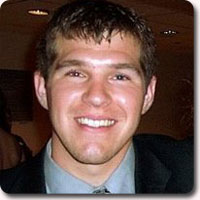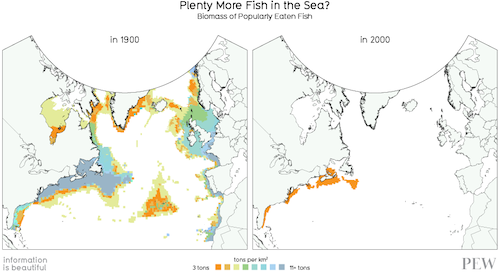 Evan Piekara is an alumnus of Teach For America, a national organization that works to ensure educational opportunities for students of all backgrounds. During his 4 years as a corps member, he taught 6th and 7th grade in the South Bronx. He’s also worked as an Institute Staff Member, helping to train the 2008 and 2009 corps. As a result of his classroom experiences, he developed some interesting views on education in America and the importance of gaining financial understanding at a young age.
Evan Piekara is an alumnus of Teach For America, a national organization that works to ensure educational opportunities for students of all backgrounds. During his 4 years as a corps member, he taught 6th and 7th grade in the South Bronx. He’s also worked as an Institute Staff Member, helping to train the 2008 and 2009 corps. As a result of his classroom experiences, he developed some interesting views on education in America and the importance of gaining financial understanding at a young age.
TILE: What inspired you to become involved with Teach for America?
Evan: I was inspired by its mission that all children deserve an excellent education, and the fact that TFA works tirelessly to ensure that your income level or where you grew up does not determine your future.One thing that has always impressed me about TFA is that it is constantly looking to improve and become more effective. It has both a short-term strategy of getting people involved in education who may not have entered in the first place with a long-term mission of them using these experiences whether as teachers, business leaders, lawyers, doctors, politicians, or advocates to continue to support the mission and improve education for all.
TILE: What qualities do you look for in teachers who become part of your organization?
Evan: TFA places a huge emphasis on leadership, teamwork, resilience, and achievement. These are all qualities that are utilized in the classroom and help you to work towards becoming a successful teacher who will move students forward.
TILE: What are some important things you have learned while working for Teach for America?
Evan: It’s helped me learn a great deal about myself, grow as an individual and as a professional, and it’s really helped me to become much more analytical, reflective, and use out-of-the-box thinking to find a solution to any number of problems or obstacles.
TILE: What kinds of core knowledge, skills and values do you hope to instill in students?
Evan: I want to instill in them a sense that they can succeed on every level and although things might not always be easy, through hard-work, determination, and using their education they can be successful in whatever they aspire to do. A lot of our discussions center around goal-setting, mutual respect, using strong communication skills, independence as well as working in a team, and being a leader.
TILE: Why might it be important to help students obtain financial literacy?
Evan: It is important because it can help them to avoid the pitfalls that many people struggle with, and also to open doors for them in the future. For example, they might realize that college is a viable option through managing scholarships and student loans that they can pay-off once they start their professional careers.
TILE: What advice would you offer to your teenage self (financial or otherwise)?
Evan: Education is so important and each day in class and outside is an opportunity to learn and grow.For me, I was fortunate to have parents who instilled those values in me, and who financially stretched money, made me work for money, and taught me the value of a dollar.
>> TILE brings you exclusive opinions, explanations, and interviews from experts in every industry. To read more, click on Ask the Experts in the TILE Library.
Have a burning question or an expert you’d like to see interviewed? Just Ask TILE!

 Pamela Vail is a performer, choreographer, improviser and teacher. She is an Assistant Professor of Dance at Franklin & Marshall College, and also performs with several professional dance companies and creates her own choreography. To sample some of her work, visit
Pamela Vail is a performer, choreographer, improviser and teacher. She is an Assistant Professor of Dance at Franklin & Marshall College, and also performs with several professional dance companies and creates her own choreography. To sample some of her work, visit  Evan Piekara is an alumnus of Teach For America, a national organization that works to ensure educational opportunities for students of all backgrounds. During his 4 years as a corps member, he taught 6th and 7th grade in the South Bronx. He’s also worked as an Institute Staff Member, helping to train the 2008 and 2009 corps. As a result of his classroom experiences, he developed some interesting views on education in America and the importance of gaining financial understanding at a young age.
Evan Piekara is an alumnus of Teach For America, a national organization that works to ensure educational opportunities for students of all backgrounds. During his 4 years as a corps member, he taught 6th and 7th grade in the South Bronx. He’s also worked as an Institute Staff Member, helping to train the 2008 and 2009 corps. As a result of his classroom experiences, he developed some interesting views on education in America and the importance of gaining financial understanding at a young age.
